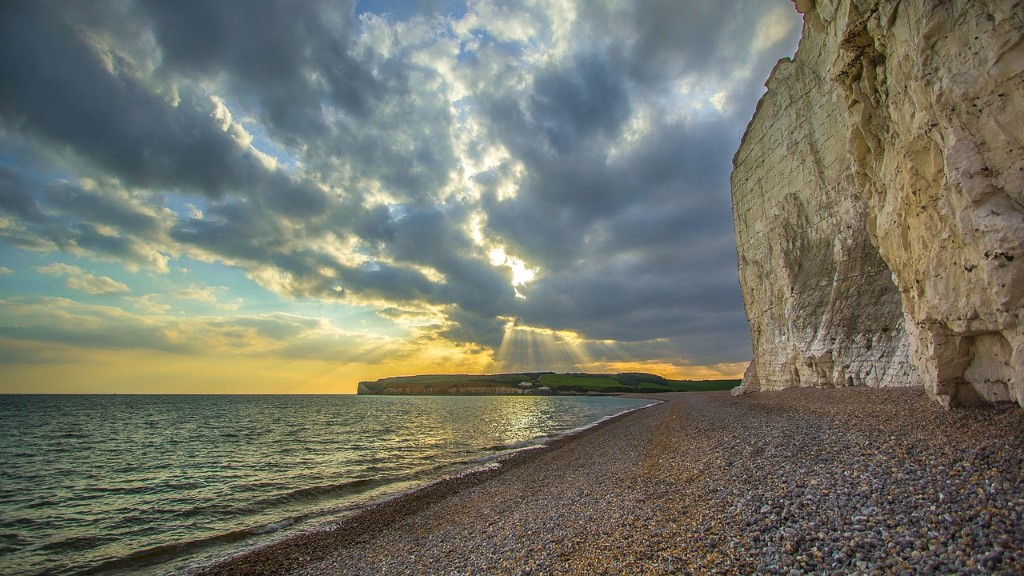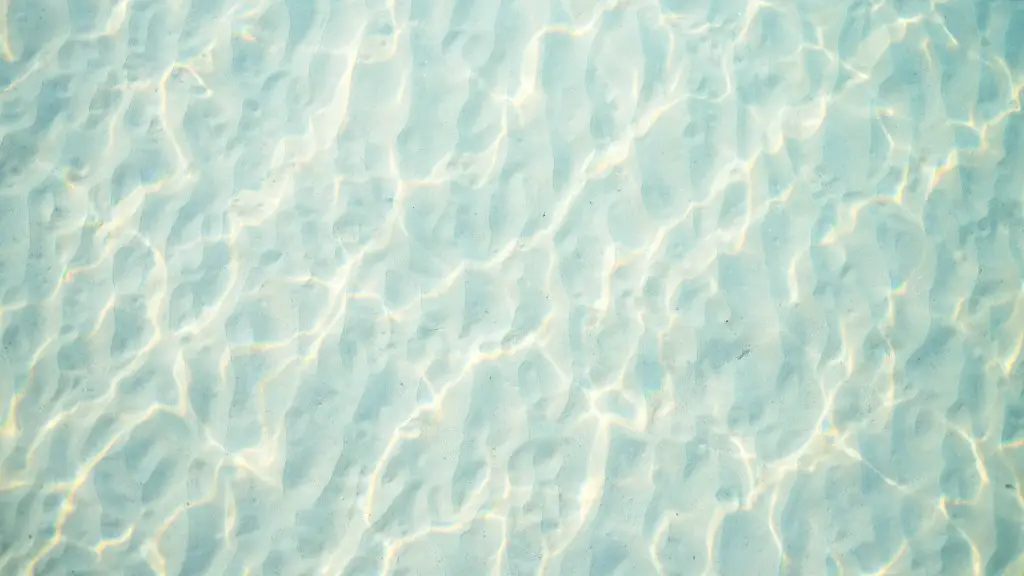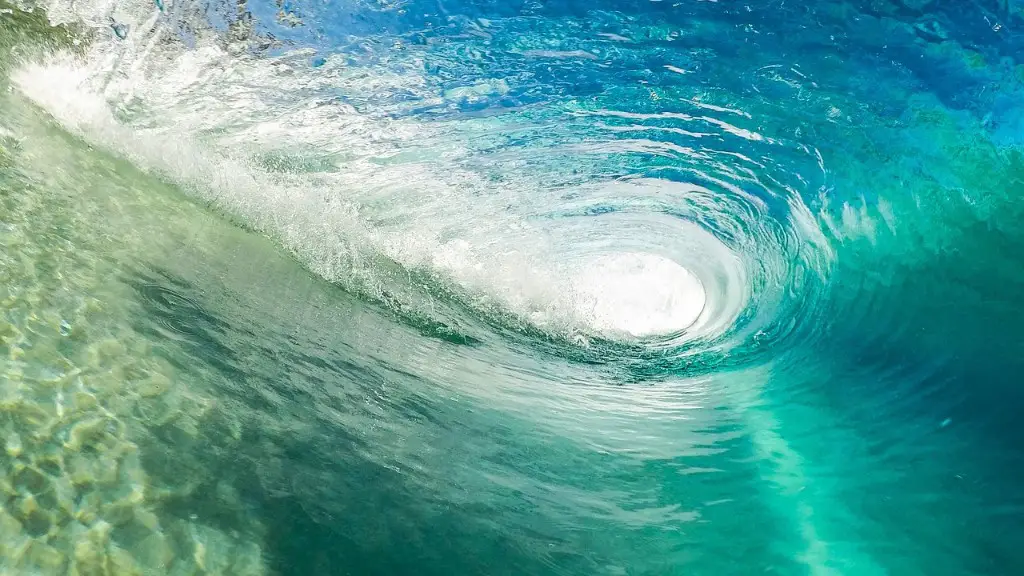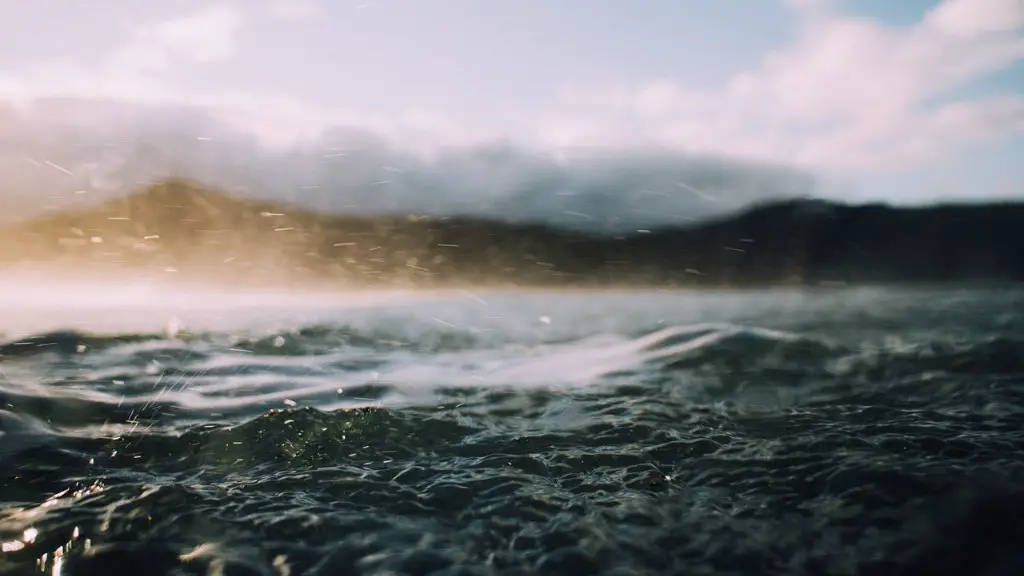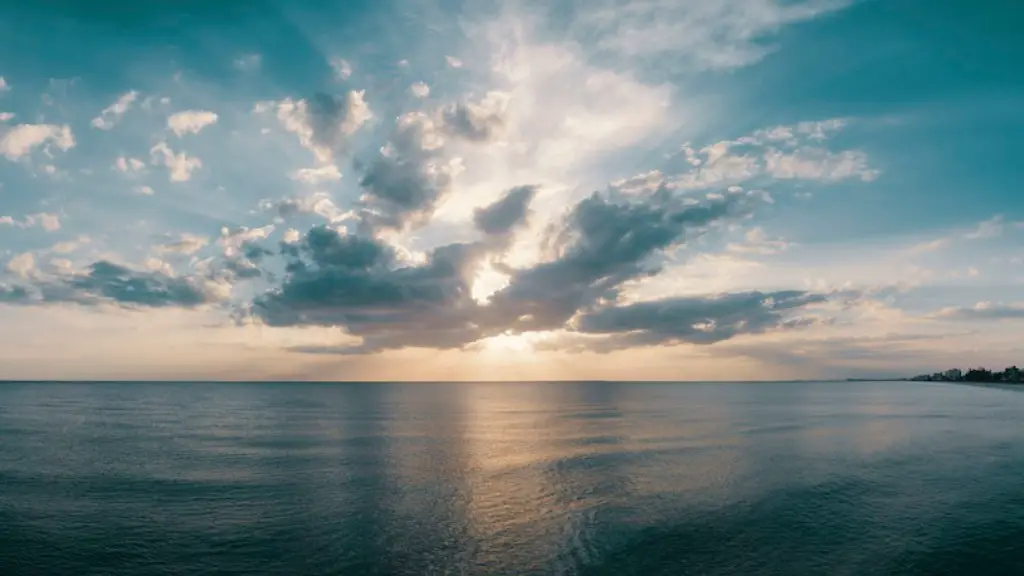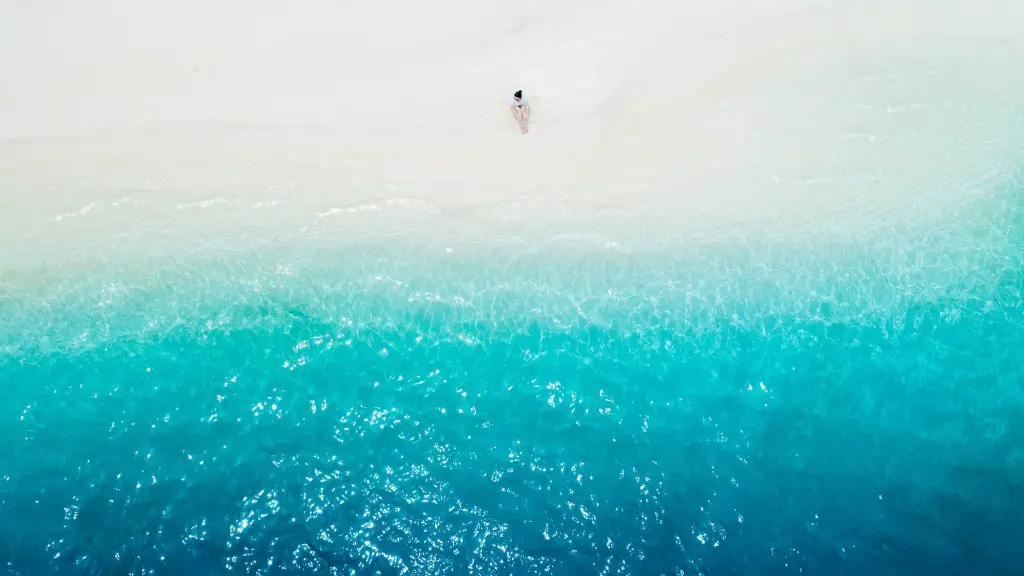There are many factors that contribute to the formation of tides, but the primary one is the gravitational force of the moon. The moon’s gravity pulls on the oceans, causing the water to bulge out in the direction of the moon. This is why we see high tide when the moon is overhead, and low tide when the moon is at its farthest point from us. The Earth’s rotation also plays a role in tides, as it causes the bulge of water to move around the planet. The Red Sea is no different from any other ocean when it comes to tides, although the presence of the Arabian Peninsula can complicate matters somewhat.
Yes, the Red Sea does have tides. The average tidal range in the Red Sea is about 1 meter (3.3 feet).
What is the tidal movement in Red Sea?
The Red Sea has very weak tidal currents, with an average speed of less than 0.1 m/s. The highest currents occur at the narrowest point of the strait, and along the Gulf of Suez.
Dr Bruce Parker is a researcher who believes that Moses used his knowledge of the tides to help the Israelites escape from the Egyptians. He suggests that Moses timed the crossing so that the last of the Israelites would be safe as the waters returned and the pursuing Egyptian soldiers would be drowned.
What is the speed of current in Red Sea
Geostrophic currents are created by the Coriolis effect. These currents flow parallel to the shoreline and are strongest near the surface. The mean speed of a geostrophic current in the Red Sea is 5-10 cm/s. However, in the 25 and 26 degree N latitude band, the mean speed of a geostrophic current is 3 times greater for both cyclonic and anticyclonic eddies. This is due to the increased Coriolis effect at these latitudes.
The Red Sea is the saltiest sea of all the seas that connect to the ocean without even one river meeting the sea. A popular hypotheses about the origins of the Red Sea’s name is that it contains a cyanobacteria called Trichodesmium erythraeum, which turns the normally blue-green water a reddish-brown.
Why is the Red Sea called the Red Sea in the Bible?
The “Red Sea” mentioned in the Bible is most likely not the deep-water Red Sea that we know today, but the marshy Sea of Reeds farther north. This is supported by the fact that the opening and closing of the seabed mentioned in the Bible likely took place through violent storms, as opposed to the gradual changes in water level that we see today.
The Red Sea is a unique ocean with its own set of characteristics. Its surface waters can reach temperatures of up to 30° Celsius (86° Fahrenheit), making it one of the warmest oceans in the world. Additionally, water evaporates from the Red Sea at a much higher rate than from other oceans, making it one of the saltiest oceans as well.
Does the Red Sea have tsunamis?
The Gulf of Aqaba-Eilat is located in the tectonically active northern Red Sea, but it is considered to be low-risk with regard to tsunami activity. There are no modern records of damaging tsunami events in the region, and the only tsunami referred to in historical records (1068 AD) was not particularly damaging.
It’s no surprise that historical records somehow missed the undersea landslide that triggered a tsunami 500 years ago. The wide and deep water to the north allowed the wavefront to progress unhindered up the Gulf of Aqaba. To the south, the narrow and shallow Straits restrict wave entry into the Red Sea.
Which sea did Jesus walk on
The Sea of Galilee is an important body of water in the Bible. It is the scene of one of Jesus’s most famous miracles, when he walked across the water. The Sea of Galilee is also an important source of fresh water for Israel.
The traditional story of the Israelites crossing the Red Sea is not supported by archaeological or scholar-verified evidence. There is no evidence to suggest that the Israelites were ever in Egypt, or that they crossed the Red Sea. The only evidence for this story comes from the Bible, which is not a reliable historical source.
How long would it take to cross the Red Sea?
Drews’ computer model shows that Moses had 4 hours to get across the land. The area of land that became available for crossing was 3 to 4 kilometers long and 5 kilometers wide.
Before diving into the coral waters of the Red Sea, be aware that there is an abundance of marine life. Stonefish, scorpionfish, rays, jellyfish, sea urchins, and coral could all be present. If you are not careful, you could end up getting stung or injured. Enjoy your swim but be cautious!
Can ship pass through Red Sea
The Red Sea is crossed by some of the most important shipping lanes in the world, with more than 20,000 ships passing through the Straits of Bab-el-Mandeb each year. The Red Sea is a vital waterway for the global economy, and the shipping lanes that cross it are some of the most heavily trafficked in the world.
A new study has found that there are at least 1,000 tremors occurring along the Red Sea every year. The findings, published in the journal Science, could help to improve our understanding of earthquakes and their effects in the region.
The research was conducted by a team of scientists from the US, UK, and Saudi Arabia, who analyzed data from a network of seismometers placed along the Red Sea. They found that the number of tremors increased from around 500 in 1990 to 1,000 in 2015.
The majority of the tremors were of magnitude 3 or less, and so would not have been felt by people. However, the team says that the increased number of tremors could be an indication of “stresses accumulating” in the Earth’s crust, which could lead to larger earthquakes in the future.
While the findings of the study are admittedly preliminary, they provide an important insight into the seismic activity in the region. The team says that further research is needed to better understand the significance of their findings.
Why is the Red Sea so special?
The Red Sea is one of the world’s hottest and saltiest bodies of seawater. It is also one of the most heavily traveled waterways in the world, carrying maritime traffic between Europe and Asia. Its name is derived from the colour changes observed in its waters.
The Bering Sea is the largest sea in the world, with an area of 876,000 square miles (2,270,000 square kilometers). It is located between Russia and Alaska, and is bounded by the Arctic Ocean to the north and the Pacific Ocean to the south. The Bering Sea is home to a large number of fish and other marine life, and is a popular destination for fishing and other activities.
The Red Sea is the saltiest sea in the world, with a salinity of 41 parts per thousand. It is located between Africa and Asia, and is bounded by the Mediterranean Sea to the north and the Indian Ocean to the south. The Red Sea is home to a large number of coral reefs and other marine life, and is a popular destination for diving and other activities.
Why is Red Sea famous for
The Red Sea is an absolutely amazing place to go diving or snorkeling. There are over 1200 different species of fish, 44 of which are sharks! This makes it the perfect place to get up close and personal with some incredible marine life.
Moses was a great leader who guided the Israelites to safety. He was able to part the waters of the Red Sea, allowing his people to escape from the pursuing Pharaoh and his army. This was a miraculous event that showed the power of God. The Israelites were able to reach the Promised Land because of Moses’ leadership.
Conclusion
The Red Sea experiences tides just like any other body of water. However, because the Red Sea is landlocked, the tides are much smaller than they would be if the sea were open to the ocean.
The Red Sea does have tides, but they are very weak and hard to notice. The main reason for this is that the Red Sea is almost landlocked, with only a narrow strait connecting it to the open ocean. This means that the amount of water flowing in and out of the Red Sea is very limited, which in turn makes the tides very weak.
